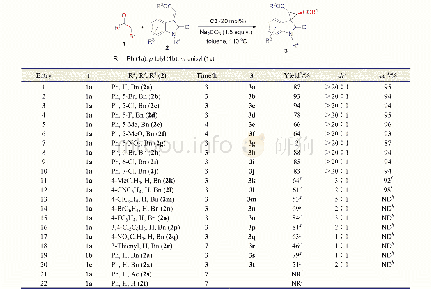《Table 1Artificial metalloenzymes with promising catalytic functionalities.》
Hydrogenation reactions have been reported utilizing an ar‐tificial metalloenzyme(ArM)for avidin protein[51].Recently,artificial metalloenzymes were applied for several purposes,suchasincell‐freeextracts[52,53],whole‐cell bio‐transformations[52,54,55],and in vivo applications[10,56].Through these approaches,the field of artificial metal‐loenzymes,biorthogonal chemistry,and synthetic biology are used,which enhances catalytic capabilities for producing tar‐geted molecules[57,58].From the industrial perspective,en‐zyme engineering offers an eco‐friendly solution for generating desired catalytic activity[59].Metals attached to enzymes alter enzyme characteristics;because of their stability,de novo con‐struction of ArMs remain limited[60].However,a de novo bio‐logical catalyst can establish bonds between carbon and silicon[52,61],as well as carbon and boron bonds[62,63].Therefore,natural enzymes have been modified by introducing non‐inherited catalytic activities[56,64].In another study,an in silico approach in combination with an evolutionary approach were used to produce organophosphate hydrolase[64].Some other artificial metalloenzymes with promising catalytic func‐tionalities are summarized in Table 1.
| 图表编号 | XD008200400 严禁用于非法目的 |
|---|---|
| 绘制时间 | 2018.12.01 |
| 作者 | Aqib Zafar Khan、Muhammad Bilal、Tahir Rasheed、Hafiz M.N.Iqbal |
| 绘制单位 | 上海交通大学生命科学与生物技术学院,微生物代谢国家重点实验室、淮阴工学院生命科学与食品工程学校、上海交通大学化学与化学工程学院金属复合材料国家重点实验室、蒙特雷技术学院工程与科学学院 |
| 更多格式 | 高清、无水印(增值服务) |
 提示:宽带有限、当前游客访问压缩模式
提示:宽带有限、当前游客访问压缩模式





